Discover the joys of organic gardening, where vibrant, chemical-free plants thrive. Dive into this guide to unlock methods that revolutionize how you nurture your garden. Learn to harness natural resources and create an eco-friendly haven for your plants. Our tips on organic gardening principles, and chemical-free pest control ensure a bountiful harvest. Get ready to make the most by understanding how organic methods enrich the soil and grow flourishing gardens.
Understanding Organic Gardening Principles
Organic gardening is a way of growing plants that avoids synthetic chemicals. Natural fertilizers, like compost or bone meal, are used to enrich the soil, providing all the nutrients plants need. Companion planting is a key principle, where certain plants are grown together to help each other grow. For instance, marigolds can repel harmful insects thanks to their scent. Crop rotation is another essential method; by changing plant locations each season, the risk of soil-borne diseases is reduced, and soil fertility is maintained.
Soil health is vital in organic gardening. Organic matter, like compost, helps maintain a healthy structure, improve drainage, and retain nutrients. Testing the soil pH ensures that it is conducive for plant growth. Ideally, retain a neutral pH of 6.0 to 7.0.
Mulching
is widely used to preserve soil moisture and reduce weeds. Organic mulches, like straw or wood chips, also break down and add nutrients back into the soil over time.
Organic gardeners also focus on nurturing beneficial insects. These include pollinators, like bees, and predatory insects, like ladybugs, that control pests naturally. Making a welcoming habitat for these insects can improve garden health. Ultimately, the goal is to mimic natural ecosystems, boosting plant health and yield without relying on artificial additives.
Choosing the Right Plants for Organic Gardens
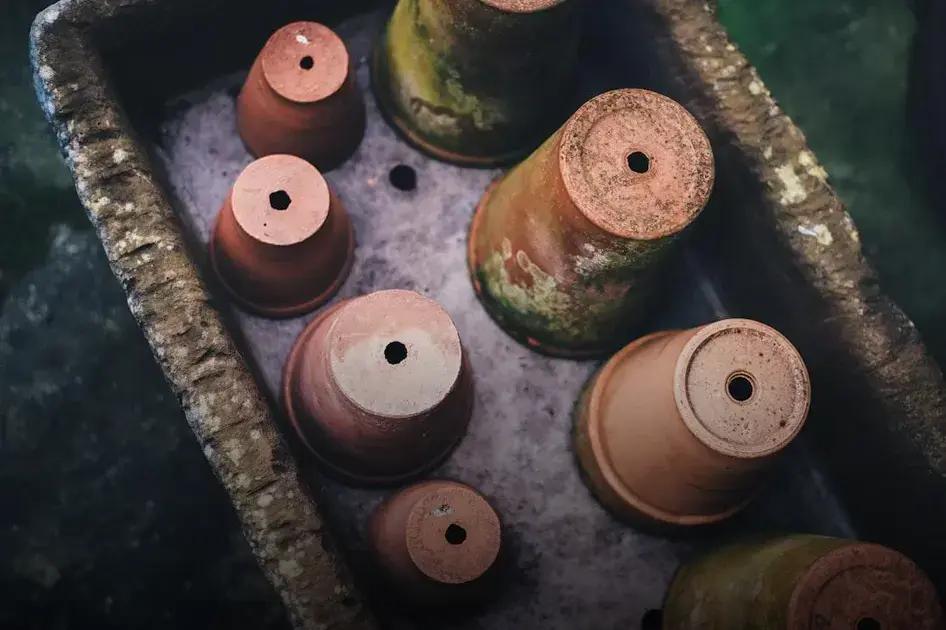
When it comes to choosing the right plants for your organic garden, it’s crucial to select varieties that are well-suited to organic practices. Opt for heirloom seeds or organic-certified seedlings, as these are more likely to thrive in a chemical-free environment. Consider plants that are disease-resistant and suited to your local climate. This will reduce the need for interventions and help maintain the health of your garden naturally.
Selecting plants native to your region can provide additional benefits. Native plants are typically adapted to local soil and climate conditions, which can make them easier to grow and maintain. They also tend to be more resistant to local pests and diseases.
Incorporating a diverse range of plants in your garden can naturally deter pests. Companion planting, for instance, involves growing certain plants together that can benefit each other. For example, marigolds are great companions as they can repel many common garden pests.
While choosing your plants, consider their needs such as sunlight, water, and space. Group plants with similar needs together to make watering and care more efficient. Ensure your plants are rotated each season, as this can prevent soil depletion and reduce pest and disease build-up associated with certain plant families.
In summary, selecting the right plants can significantly impact the success of your organic garden. By choosing plants that thrive under organic conditions, your garden will not only be healthy and productive but also sustainable.
Natural Pest Control: A Chemical-Free Approach
Organic gardening is not just about avoiding chemicals; it’s about working in harmony with nature to keep pests away. Instead of reaching for chemical sprays, explore alternative methods. Integrated Pest Management (IPM) is a strategy that helps maintain a balance. Using beneficial insects like ladybugs, you can target aphids and other pests without harmful chemicals.
Diverse Planting
encourages beneficial biodiversity, attracting natural predators and reducing pest problems. Companion planting is another effective approach. By planting certain species together, such as marigolds with tomatoes, you can naturally repel pests.
Natural barriers like nets or row covers can be used to physically block pests from reaching your plants. Additionally, homemade solutions such as neem oil spray, garlic or hot pepper solutions, offer chemical-free alternatives for pest control. These methods are not only safe for your plants but also for you and the environment.
Monitoring your garden regularly for pests provides you with early detection. This allows you to implement control measures promptly before infestations become severe. Encouraging healthy soil through DIY composting boosts plant immunity, making them less susceptible to pest attacks. Combining these organic techniques supports a sustainable, chemical-free gardening environment.
DIY Composting for Rich Soil and Fertilizer
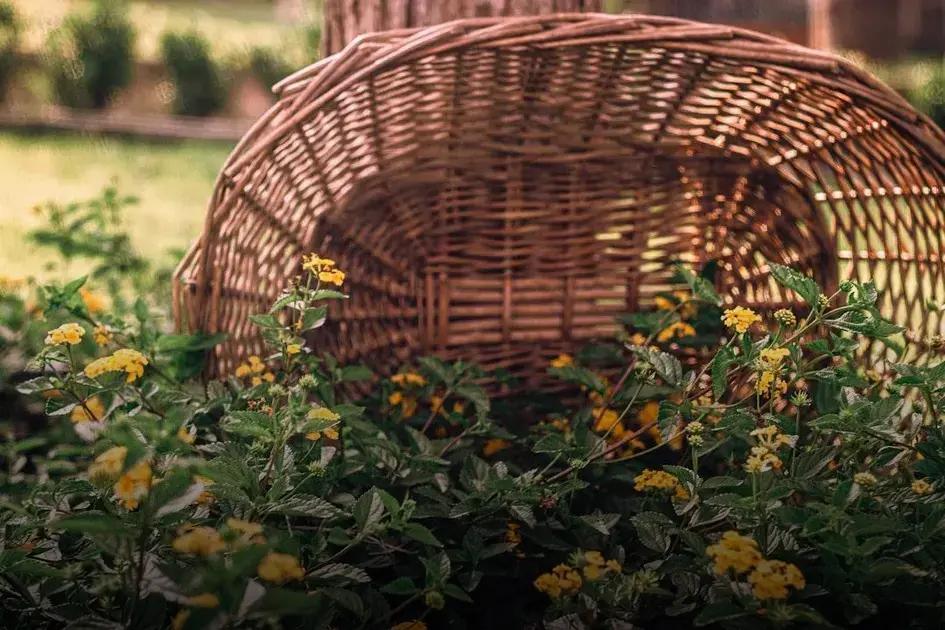
Creating DIY compost is an excellent way to enrich your soil and produce natural fertilizer for your garden. Composting involves recycling organic waste like kitchen scraps, garden clippings, and leaves into nutrient-rich soil. This process helps to reduce waste and provides essential nutrients for plants.
To start, build or purchase a compost bin. Ideally, your compost should have a mix of green materials, such as fruit and vegetable scraps, and brown materials, like dried leaves and twigs. Layer these materials and maintain a balance between the two for optimal decomposition.
It’s important to turn your compost pile regularly to aerate it and speed up the breakdown process. Additionally, keeping the compost moist is crucial; it should feel like a damp sponge.
Avoid adding
meat, dairy, and oils, which can attract pests and create odors.
In a few months, you’ll notice that your compost pile has transformed into a dark, crumbly substance.
This is your compost
, ready to be mixed into your garden beds. Using compost enhances soil structure, improves drainage, and offers vital nutrients that support robust plant growth.
Watering Techniques for Thriving Organic Plants
Proper watering techniques are essential for the health of your organic plants. Mastering this aspect can mean the difference between a flourishing garden and one that’s struggling. It’s crucial to understand the needs of each plant species you are cultivating. Some plants require more water, while others do best with drier conditions so they can avoid root rot.
One effective method is
drip irrigation
. This system delivers water straight to the plant roots, minimizing wastage and ensuring each plant gets the optimal amount of water. If you’re using
watering cans or hoses
, try to water early in the morning or later in the evening. This reduces evaporation and allows the plants to absorb more water.
Mulching is another excellent strategy. A layer of mulch can retain moisture in the soil, reducing the frequency of watering sessions. Whether you’re using organic options like straw or wood chips, mulch keeps the soil cooler on hot days and helps prevent water runoff.
Rainwater harvesting can also support your organic garden. Setting up rain barrels collects water directly from your gutter system, providing a sustainable and chemical-free water source for your plants. This technique is both eco-friendly and cost-effective.
Remember, over-watering is as harmful as under-watering. Regularly monitor soil moisture levels by inserting your finger about an inch into the soil. If it’s dry, it’s time to water. This tactile method ensures your plants are not stressed by inconsistent watering.

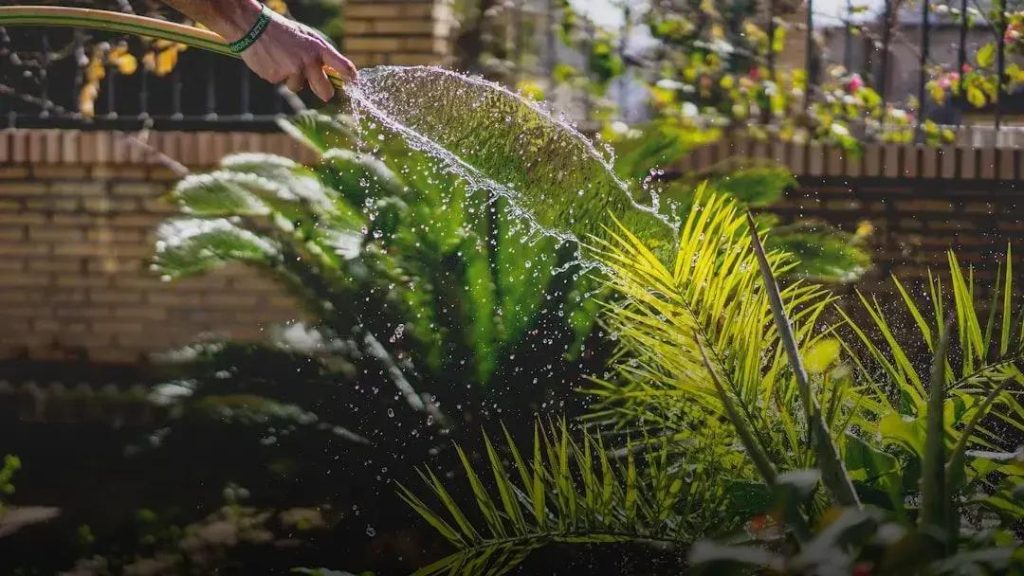
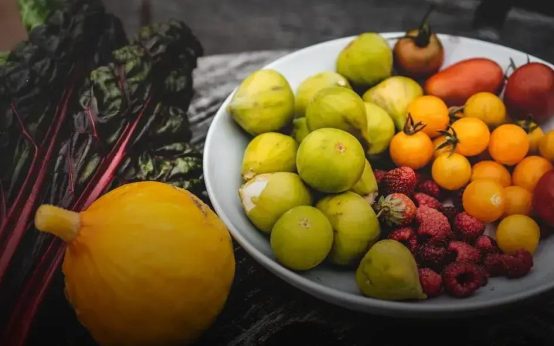 Water-Saving Gardening: Top Tips for a Drought-Resistant Yard
Water-Saving Gardening: Top Tips for a Drought-Resistant Yard 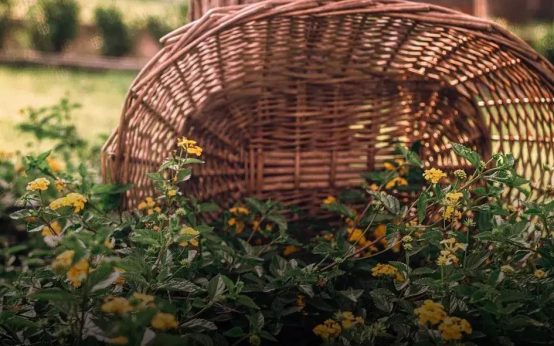 Attracting Birds to Your Garden: Plants That Bring Them
Attracting Birds to Your Garden: Plants That Bring Them 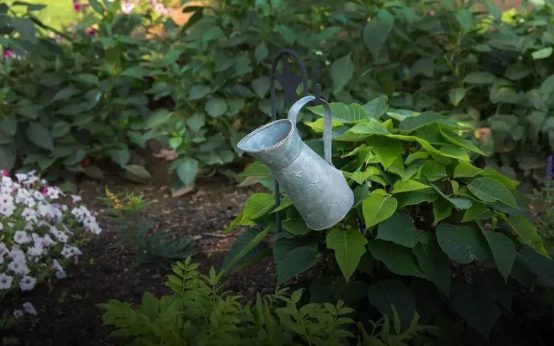 How to Start Composting at Home: A Beginner’s Guide
How to Start Composting at Home: A Beginner’s Guide